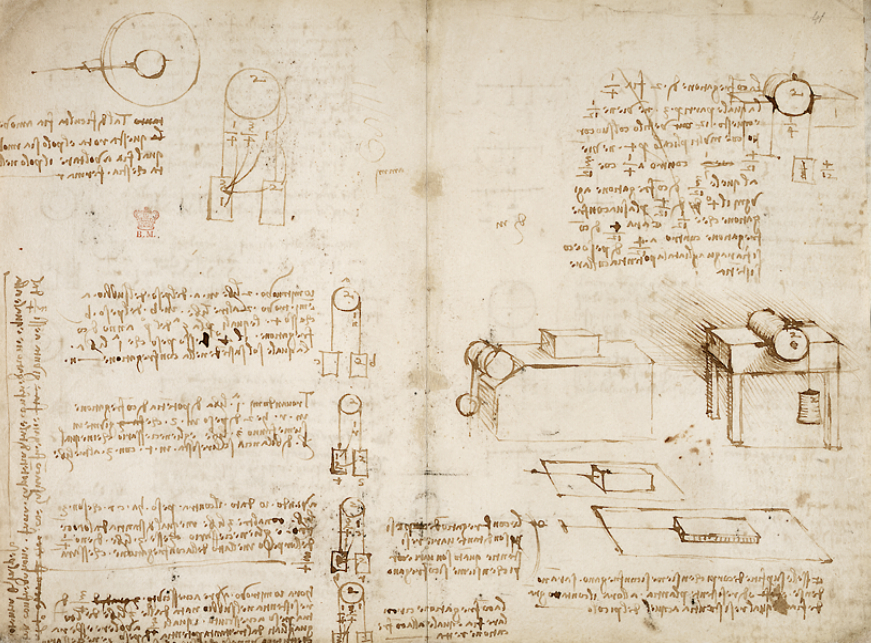Journaling is a habit that can lead to improved mental health and creativity. Having an outlet for our thoughts is an essential activity that will help us express feelings that otherwise stay bottled up.
Writing and journaling also gives you content that you can reflect on when you go over what you’ve written.
If you’re not someone who likes to write extensively, then doing art journaling is a great alternative.
Want to learn how to use a variety of techniques and media to journal differently? Here you go.
What is art journaling?
When you do art journaling, you incorporate drawings, pictures, and mixed media into your usual journaling habit. Writing or blogging is not for everyone. For many people, typical journaling activities lack a visual element that can bring below-surface beliefs to one’s consciousness.
In an art journal, you may choose to use as few words as you like in your content. It’s also all right to not use any words at all. The idea is to mix all kinds of creative media to make a visual representation of your feelings onto paper.
Many creative geniuses of history frequently drew or painted in their journals as a form of self-expression and to process their thoughts. Here are some examples of their work.


These examples of diaries or journals from prominent creative persons in history offer helpful information to use.
Frida Kahlo is an example of an artist who made her journal an extension of her creative work. In a different manner, Leonardo Da Vinci and Charles Darwin also had journaling practices that combined illustrations with text.
It’s evident that making an art journal has the potential to explore ideas more thoroughly.
This is also a forgiving and non-judgmental way to express your artistic side. It’s a positive outlet for your thoughts and feelings and can help you gain some distance from your problems.
Let’s explore some specific ways art journaling to boosts your creativity.
Art journaling allows you to experiment
Art journaling can come in different forms. There isn’t a right or wrong way to create your own art journal.
Practicing embellishing your journal with drawings, paint, sequins, newspapers and other elements puts you in an experimental mind frame.
You’ll discover new ways of doing things and it’s through experimentation that you’ll combine materials and ideas in different ways to create something unique.
You develop your own style
As you experiment with your journal, you’ll develop a creative style and voice. Because the process involves finding your own form of expression, you’ll connect dots in ways that you’ve never done before. Your creative way to write, draw, paint, or combine different media may not exist anywhere in the world at all.
You’ll develop a unique voice and style which will lead to greater confidence. And this will help you apply this same creativity to solve problems in your personal and business life.
Learn to create with media that’s available to you
The beauty of making a journal that isn’t all about writing is that you learn to work with the tools and materials available around you.
Creating an art journal is possible with paint, sequins, magazine cut-outs, stencils, crayons, and virtually anything that’s at hand.
By using mixed media and a variety of tools from your environment, you’re forced to use your mind in a creative manner.
Conclusion
Creating an art journal is an intuitive and fulfilling process. You’ll reduce stress levels and make healthy outlet for your thoughts and ideas.
We’ve looked at several reasons why you should take up art journaling and a few tips to make it happen. So, why not try to journal differently today? Pick up a pen and draw instead of writing. Or perhaps cut out a shape from a magazine that appeals to you and work that in.
Go with the flow as you work and you should find that in a very short time you will have untapped new ideas that you did not know existed.

